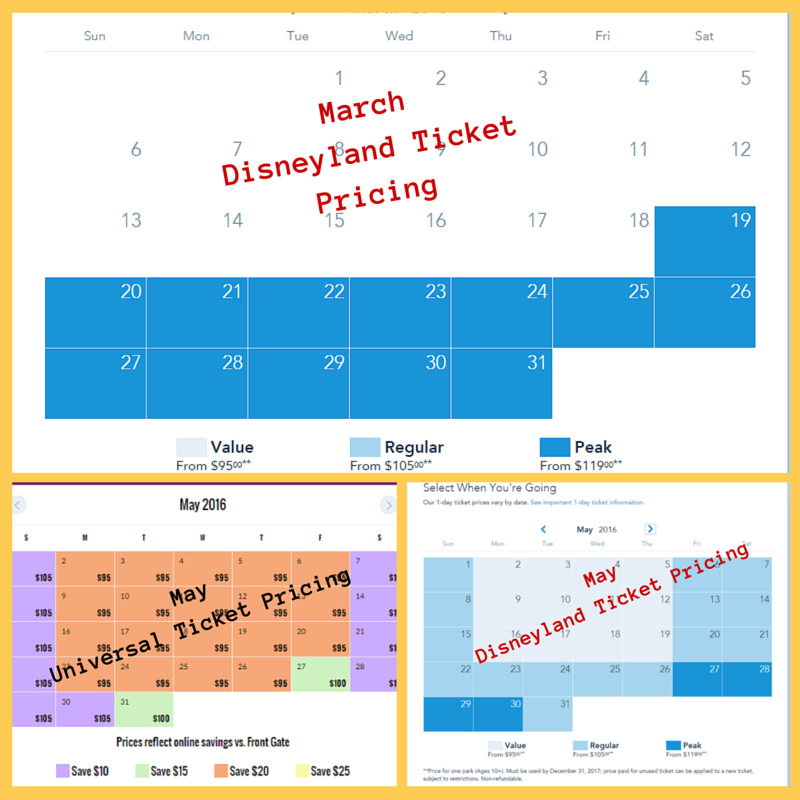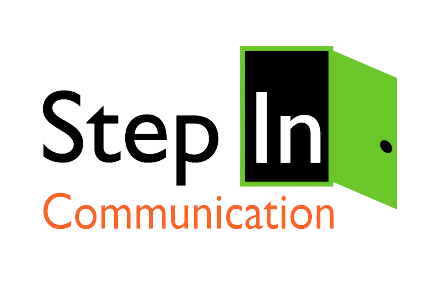 The Walt Disney Company announced a move last month to adopt demand pricing at their U.S. theme parks, a first for attractions.
The Walt Disney Company announced a move last month to adopt demand pricing at their U.S. theme parks, a first for attractions.
Demand pricing, also called surge pricing, is a methodology in which prices fluctuate based on perceived or actual demand for a product or service. It has been used by the airline and hotel industry for decades and is also used by ride-sharing services like Uber and Lyft.
For Disney, this means that on low demand days, a visitor could save $5 on a single day ticket. But on peak days, ticket prices are $20 higher. A single day “value day” ticket to the California attraction starts at $95.
When the LA Times reported the price change, they shared that a one year operating calendar for the parks would include 30% value days, 44% regular days and 26% peak days.
Looking at Disney’s online ticketing calendar, which shows prices by day for single day tickets, the breakdown is fairly even. This month, prices are at peak due to Spring Break, but during subsequent months, all three prices are available based on day. You can buy a regularly priced ticket every day in June, but if you plan a visit in July, the weekends will reflect peak pricing, and weekdays will be “regular” prices.
Universal Studios Hollywood also uses demand pricing at their California theme park, but their online ticketing calendar shows a mix of prices, with the incentive to purchase a reduced price ticket in advance online versus “front gate” pricing.
Pricing Strategies Changing at Theme Parks
Anytime a travel organization changes pricing, they are subject to criticism. Last October, Disney raised the price of its annual passes, one of which is now in excess of $1000 per year. At the time, Fortune magazine speculated that the changes in pass features and benefits was an indicator of a move to dynamic pricing. They weren’t wrong, as Disney made that move in late February.
Managing attendance during peak periods is a challenge for attractions. As Bloomberg reported on the price move, Disney is attempting to match price to demand. The double digit growth that Disney has seen for the last two years also played a part in the decision and let’s face it, every theme park has physical limits to the number of guests they can handle each day, no matter how many new attractions are added.
Now that two of the big players in the theme park industry have taken the plunge to demand pricing, there’s no doubt that others will follow.
Pros and Cons of This Change
If you run a theme park or attraction, why wouldn’t you want to manage your peak season crowds more efficiently? Create a better guest experience by limiting the number of guests and give them actual space to enjoy their visit.
If you are a traveler and you are taking a trip in a high demand period, you already paid a premium for airfare and most likely, your hotel stay. If a higher price at the museum, theme park or zoo meant that you and your family could actually see the place without the oppressive crowds, wouldn’t you take it?
This is just the beginning. Watch for demand pricing to change the way we experience theme parks, zoos, museums and other attractions in the coming years.
